youtu.be
Moon Landing - Firefly Blue Ghost Makes History
YouTube video by Firefly Aerospace
Caelum: Blue | Sky | Bluesky Posts and replies from @cosmeffect.com that contain the words "blue", "sky", or "bluesky" somewhere within the post. Sorted by descending repost count.
Feed on Bluesky
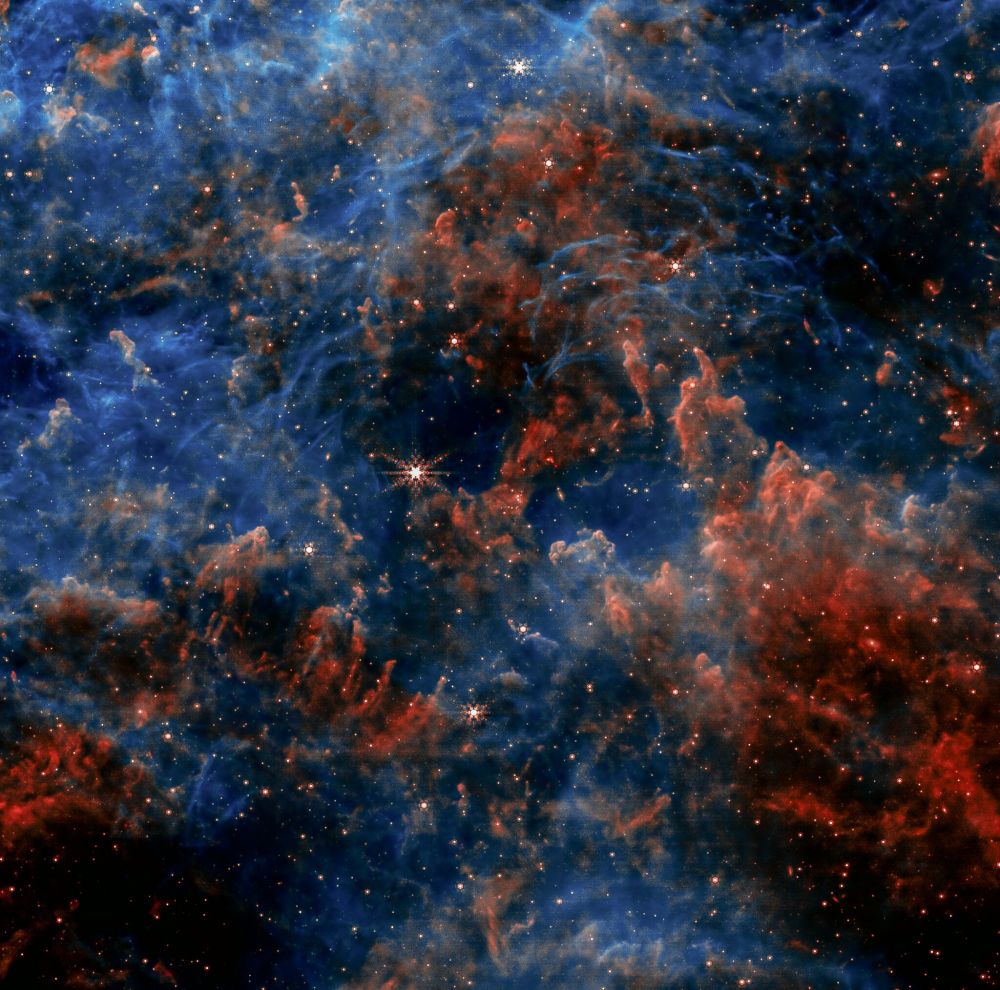








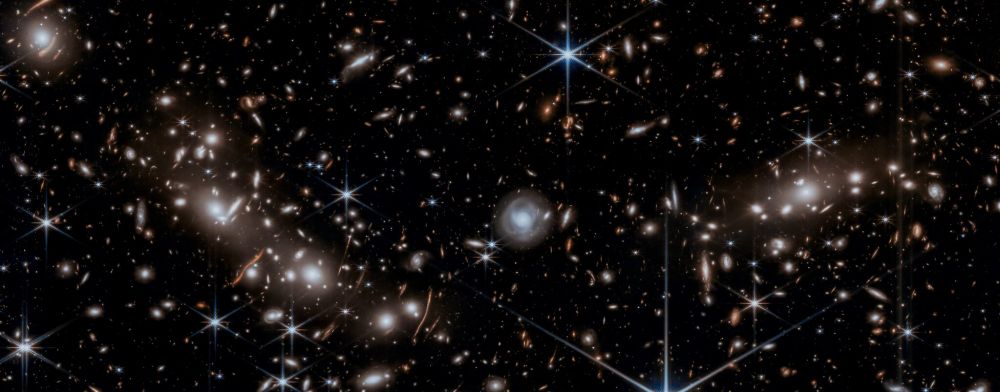

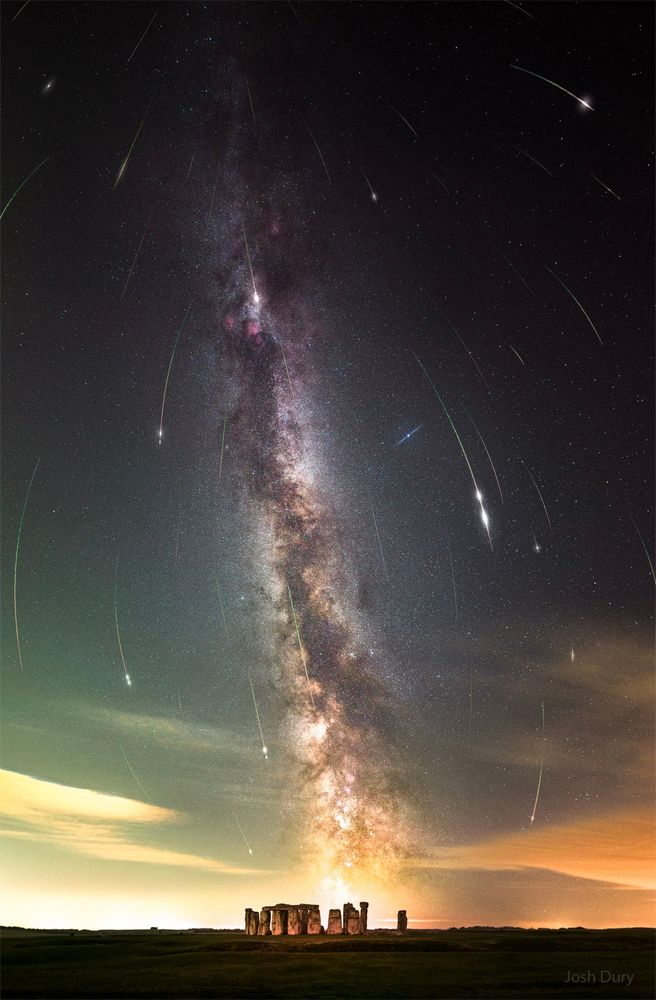

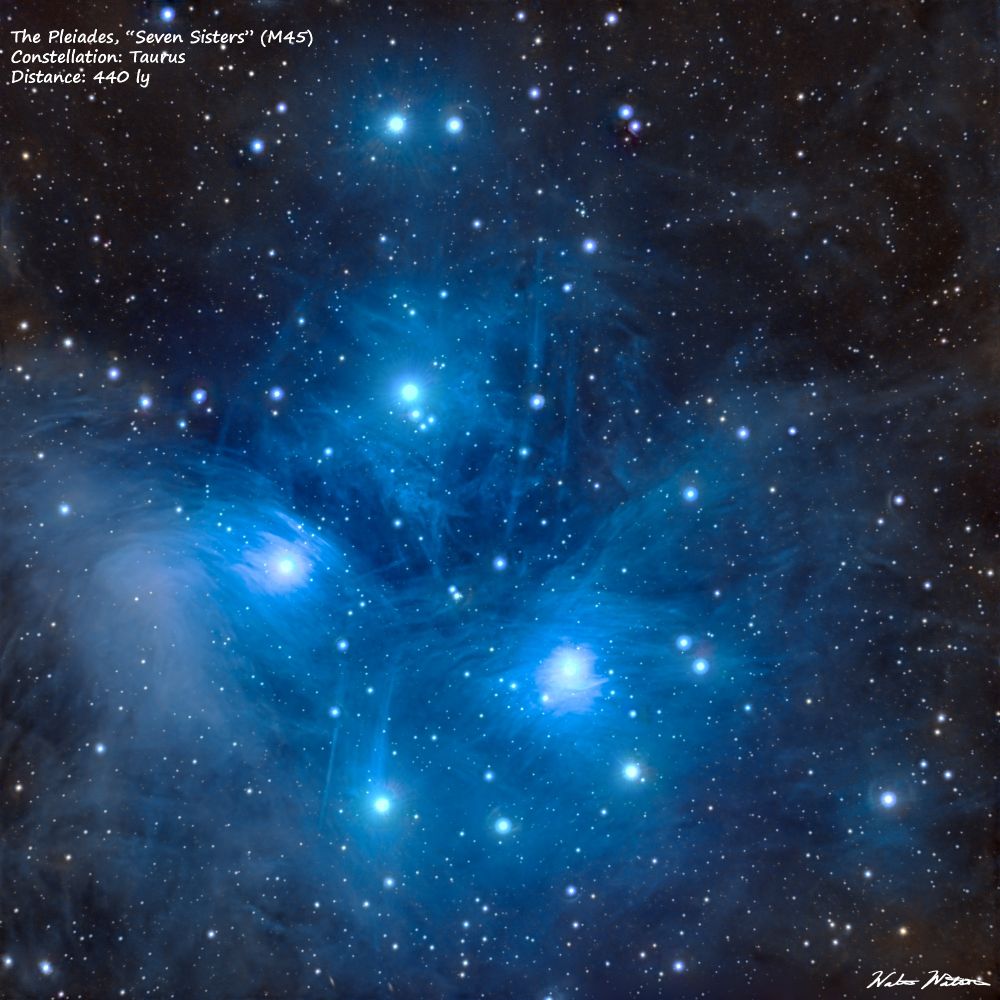



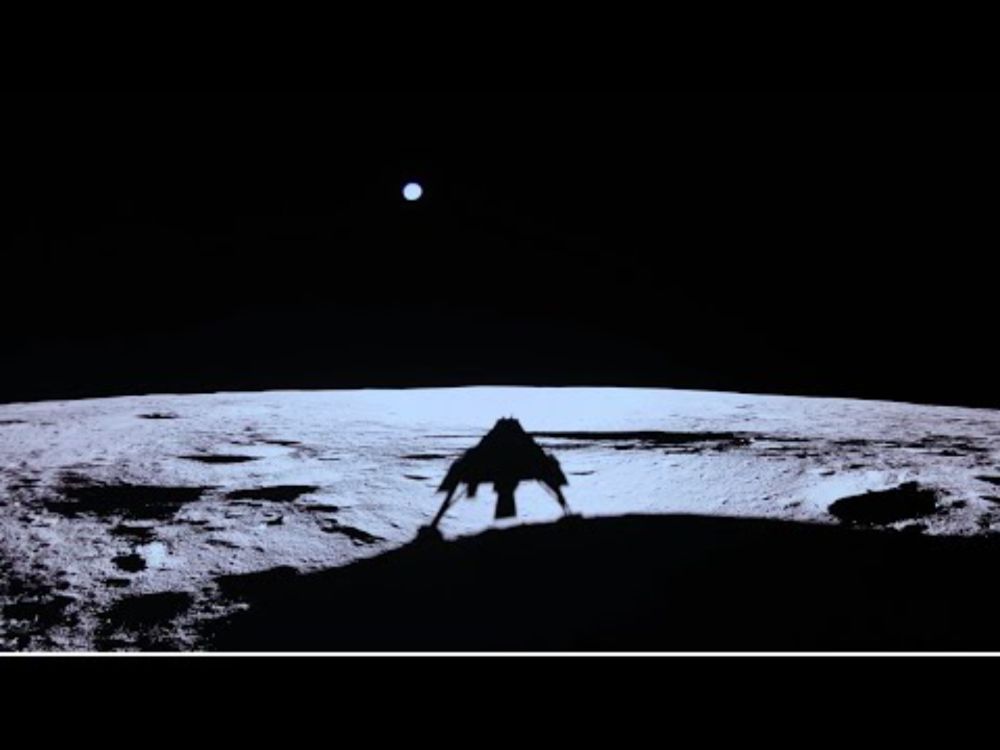
youtu.be
Moon Landing - Firefly Blue Ghost Makes History
YouTube video by Firefly Aerospace
















